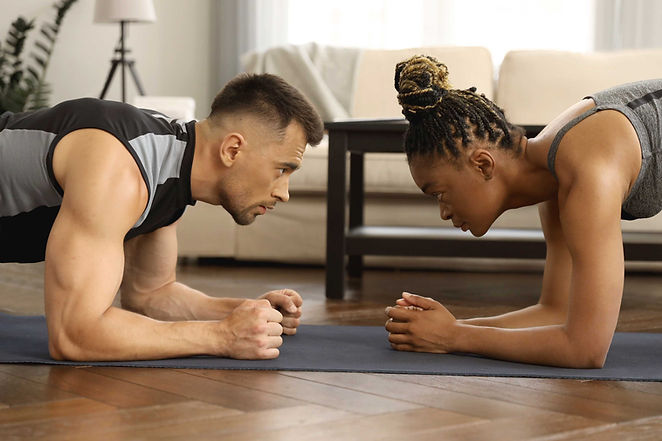

Background
Physical activity is an important aspect of healthy aging, and numerous studies have explored the benefits of exercise for older adults. As the population ages, it is increasingly important to understand how physical activity can promote healthy aging and prevent chronic diseases. Research in this area has examined the effects of different types of exercise, including aerobic and resistance training, as well as the impact of exercise on cognitive function, balance, and mobility.

Exercise effect in chronic diseases

Cardiovascular disease
Cardiovascular disease is a leading cause of morbidity and mortality worldwide. Physical exercise has been shown to reduce the risk of developing cardiovascular disease and improve outcomes in those already diagnosed. Exercise can improve cardiovascular health by reducing blood pressure, improving cholesterol levels, and improving insulin sensitivity. A study published in the National Library of Medicine found that physical activity was associated with a lower risk of coronary heart disease and stroke, even in those with high genetic risk for these conditions.

Type 2 diabetes
Type 2 diabetes is a chronic disease characterized by high blood sugar levels due to insulin resistance. Exercise can improve insulin sensitivity, leading to better blood sugar control. According to the American Diabetes Association, physical activity is a key component of diabetes management, with regular exercise reducing the risk of developing type 2 diabetes by up to 58%. A study published in the National Library of Medicine found that exercise was as effective as medication in reducing HbA1c levels, a measure of long-term blood sugar control, in patients with type 2 diabetes.

Obesity
Obesity is a major risk factor for chronic diseases, including cardiovascular disease, type 2 diabetes, and some cancers. Exercise can help with weight loss and weight management, as well as improving overall health. A review published in the International Journal of Obesity found that exercise was effective in reducing body weight and body fat, as well as improving metabolic health in those with obesity. Additionally, regular exercise can help prevent weight gain and maintain weight loss over time.

COPD
COPD is a progressive lung disease characterized by chronic airway obstruction. Exercise can improve lung function and reduce symptoms in those with COPD. According to the Global Initiative for Chronic Obstructive Lung Disease (GOLD), exercise training is an important component of pulmonary rehabilitation in patients with COPD. Exercise can improve dyspnea (shortness of breath), exercise tolerance, and quality of life in those with COPD.

Physiological Benefits on Body
Improves strength and flexibility
Improves functional limitations
Improves mental health
Prevents stroke
Improves muscle quality & quantity
Improves sleep quality
Reduces hypertension
Helps with managing body weight
Prevents bone loss
Reduces pain for those who deal with osteoarthritis
Reduces the risk of disease
Promotes heart and cardiovascular health
Improvement in physical abilities

Cognitive Benefits
Exercise is not only good for the body- it’s good for the mind! Physical activity is said to protect against age-related cognitive decline and also improve cognitive function. In a recent Randomized Controlled Trial, researchers wanted to test the hypothesis that medium-intensity physical activity in elderly people is effective in improving cognitive performance. This study began by randomizing subjects to a 12-week physical activity program (3 exercise sessions per week) or to a control group that participated in cultural and well-being activities. Subjects’ cognitive performance was measured before and after the study through a version of Addenbrooke's Cognitive Examination(ACE-R) that had subunits of attention, memory, verbal fluency, language, and visual-spatial skills. The subjects involved in the physical activity program participated in aerobic and anaerobic exercises, including strength and balance training. The results found that participants in the intervention group did better on the ACE-R and on subunits of memory and visual-space skills.
One thing that is commonly affected by aging is your cognitive functions, specifically memory. Alzheimer's and dementia is very common among elders. Physical activity has been proven to better ones episodic memory. There was a Study that compared the benefits of physical activity and memory among young adults and older adults by conducting two coutnerbalance memory tasks. The results showed a positive link between physical activity and cognitive memory among elderly adults. The more physical activity adults engage in, the better updating performance and therefore their memory performance in the most resource-demanding tasks. This will reduce the risk of dementia and memory loss disease greatly if elders engaged more in physical activity. . Researchers have defined the benefit of physical as “any bodily movement produced by skeletal muscle that results in energy expenditure".




